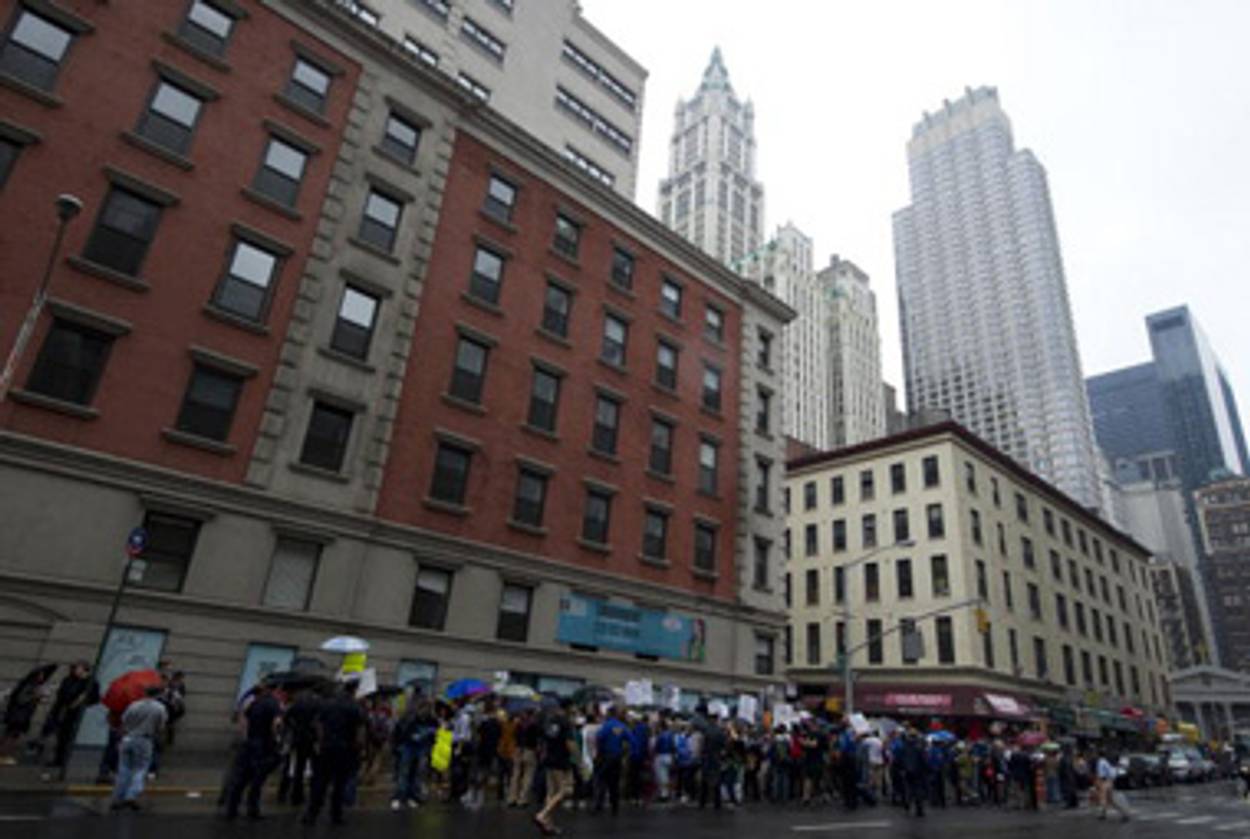Another View of ‘Cordoba’
Does history live up to the Islamic center’s ideal?




Philologos, the Forward’s anonymous language columnist, tackles the name of the Cordoba Initiative, which is the force behind the planned lower Manhattan Islamic center (much as I did earlier this month). While Philologos is happy to “to take him at his word” when Imam Feisal Abdul Rauf states that he called his organization after the capital of the “enlightened, pluralistic and tolerant society” during the “Golden Age of Spain,” Philologos questions whether Rauf’s description is historically accurate. Specifically, Philologos takes a fascinating look at the Spanish city’s architectural history and concludes,
If Córdoba symbolizes anything in the context of architecture and religion, it is how all religions use power, when they have it, to promote their concept of their own grandeur and importance in architectural terms. The proposed construction of Cordoba House on a site two blocks from the area razed by Muslim jihadists is no exception to this rule. It is no worse than what has been done countless other times in the course of history, but it is not much better, either.
Philologos should definitely take a look at Nextbook Press’s Yehuda Halevi, by Hillel Halkin, which expertly examines the same time and place. The columnist would find much to agree with.
A Cordoban Chord [Forward]
Related: Why Cordoba?
Yehuda Halevi [Nextbook Press]
Marc Tracy is a staff writer at The New Republic, and was previously a staff writer at Tablet. He tweets @marcatracy.